Easy Breadmaker Focaccia
It's quick, it's easy and you can also make it ahead to bake later. What's not to love!?
There’s something special about the aroma of freshly baked bread filling the house, and focaccia is one of those simple yet delicious bakes that can elevate any meal. It has a beautifully crispy crust, a soft and airy centre, and that irresistible olive oil flavour that makes it a favourite in Italian cuisine. The best part? You don’t need to knead it by hand because your breadmaker will do all the hard work for you!
Breadmaking doesn’t always have to mean sourdough! Honestly, it’s all about finding what works for you and your family. Sure, sourdough has its special place, but any bread you make is a win in my eyes. Whether it’s a classic white loaf, a crunchy baguette, or, like in our house, a soft, pillowy focaccia, the magic is in the process. There’s something so rewarding about getting your hands in the dough and creating something from scratch. So while the internet might imply that if it’s not sourdough then it’s not worth it, I am here to tell you that the internet is wrong. So bake that bread that works for your family, your circumstances and your life.
This recipe is foolproof, requires minimal effort, and can even be prepped ahead of time if you can’t bake it right away. Plus, it’s incredibly versatile, making it perfect for dipping, snacking, or even using as a sandwich base. This is why it works so well in our house, we love it to make a sandwich from.
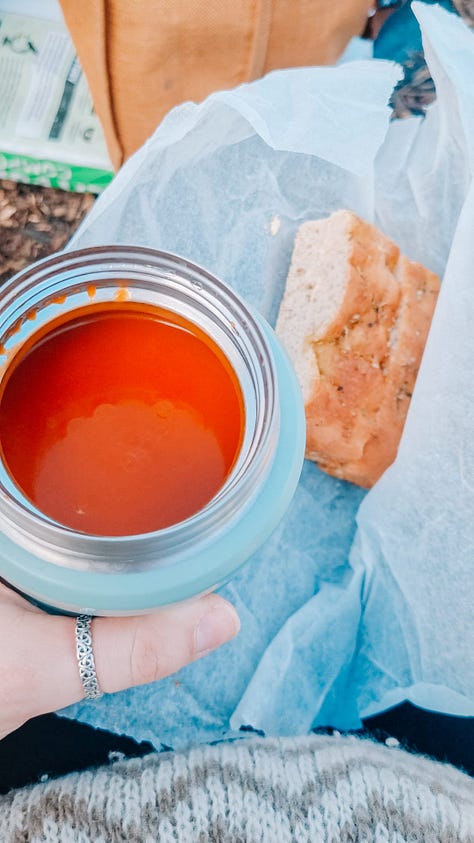
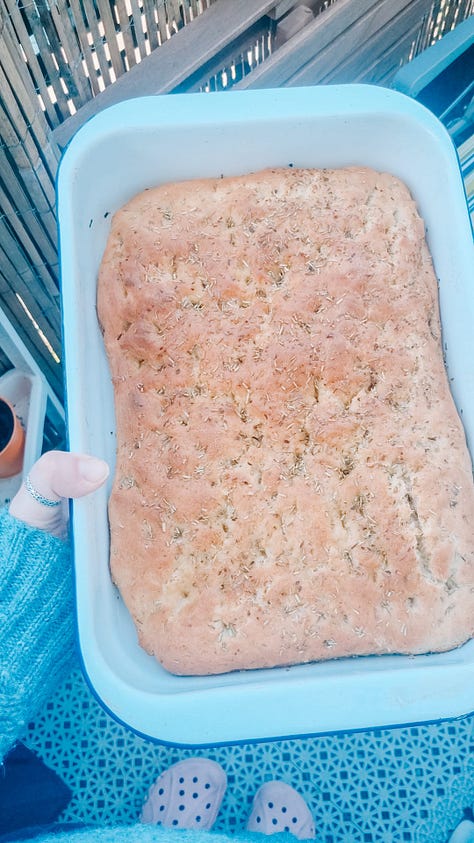

Why You’ll Love This Recipe
Effortless – The breadmaker handles the mixing and kneading for you, saving time and effort.
Soft & Fluffy – A light, airy texture with a crispy golden crust that makes each bite perfect.
Customizable – Add your favourite toppings like oregano, rosemary, olives, sun-dried tomatoes, or even caramelised onions.
Make-Ahead Friendly – You can refrigerate or freeze the dough for later, making it a great option for busy days.
Perfect for Any Occasion – Whether you serve it as an appetiser, a side, lunch or a snack, focaccia always impresses!
Easy Breadmaker Focaccia Recipe
Ingredients:
500g (4 cups) strong white bread flour
1½ tsp salt
1 tsp sugar
7g (2¼ tsp) dried yeast (or 1 sachet)
2 tbsp olive oil (plus extra for drizzling)
300ml (1¼ cups) warm water
1 tsp dried Italian herbs (optional)
Toppings: sea salt, rosemary, cherry tomatoes, olives, sun-dried tomatoes, or caramelised onions. Anything you fancy works - and my advice is to just take the base recipe and give it a try. Our favourite at the moment is Oregano and Rosemary (optional)
Instructions:
1. Make the Dough
Pour the warm water and olive oil into the bread pan.
Add the flour, making sure it fully covers the water.
Place the salt and sugar in separate corners.
Make a small well in the flour and add the yeast.
Select the “Dough” setting on your breadmaker. This usually takes 1.5-2 hours.
2. Shape & Proof
Once the cycle is complete, transfer the dough to a lightly oiled or parchment-lined baking tray.
Gently stretch it into a rectangle or oval (about 1 inch thick).
Cover with a damp tea towel and let it rise for 30-45 minutes, or until it becomes puffy.
While waiting, preheat your oven to 200°C (400°F).
3. Prepare & Bake
Use your fingers to press dimples into the surface of the dough.
Drizzle generously with olive oil, making sure it settles into the dimples.
Sprinkle with sea salt and any toppings you like: fresh rosemary, cherry tomatoes, or olives work beautifully.
Bake for 20-25 minutes, until golden brown and crisp on the edges.
Let cool slightly before slicing. Best enjoyed warm!
What If You Can’t Bake It Right Away?
Sometimes life gets busy, and you might not be able to bake the dough immediately. Here’s how you can prep ahead and still get delicious results:
Option 1: Refrigerate (Up to 24 Hours)
After the dough cycle, place the dough in a lightly oiled bowl.
Cover it tightly with plastic wrap or a damp tea towel.
Store in the fridge for up to 24 hours.
When ready to bake, take it out of the fridge and let it come to room temperature (about 1 hour).
Shape, proof, and bake as usual.
Option 2: Freeze (Up to 3 Months)
After the dough cycle, shape the dough into a ball and lightly coat it with olive oil.
Wrap it tightly in plastic wrap and place it in a freezer bag.
Freeze for up to 3 months.
When ready to use, thaw overnight in the fridge.
Let it come to room temperature, shape, proof, and bake as usual.
Both of these methods actually enhance the flavour, as slow fermentation develops deeper, more complex flavours in the bread.
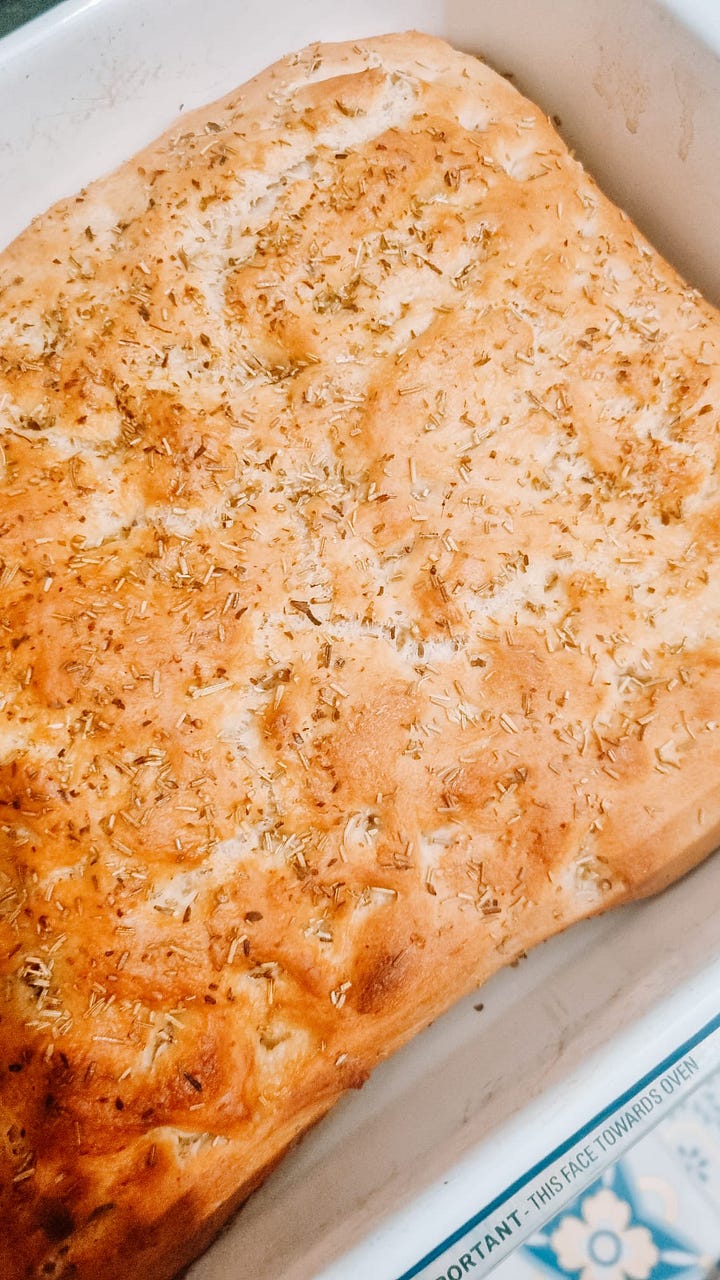
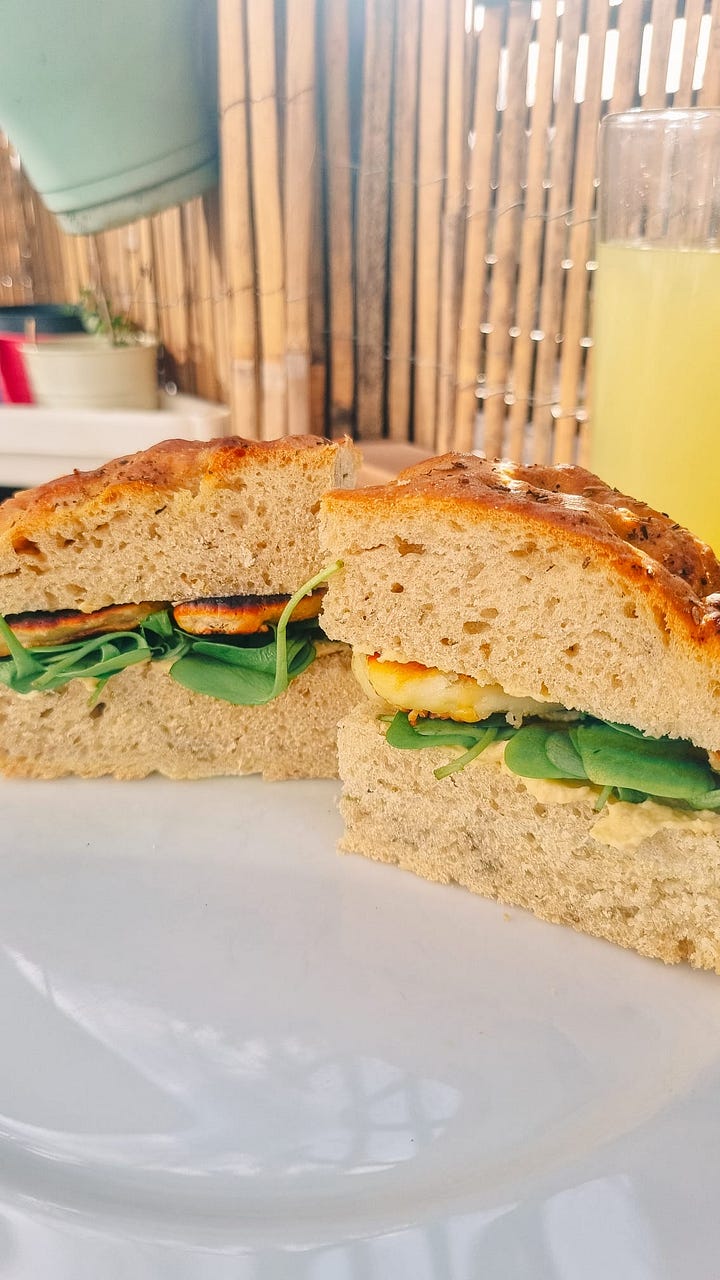
Ways to Serve Your Focaccia
This bread is incredibly versatile and can be enjoyed in so many ways! Here are some of my favourite ways to serve it:
Dipping Bread – Serve warm with a side of olive oil and balsamic vinegar for an easy starter/appetiser.
Sandwich Base – Slice it horizontally and use it as sandwich bread.
Side Dish – Pair with soups, fresh salads, or a classic pasta dish.
Snack – Enjoy a piece on its own, lightly toasted with butter or cheese.
Bruschetta Base – Top with chopped tomatoes, garlic, and basil for a rustic Italian snack.
Pizza Alternative – Add mozzarella and your favourite toppings for a quick and easy focaccia pizza. This a particular favourite for my children.
Flavour Variations to Try
Once you’ve mastered the basic recipe, you can start experimenting with flavours! Here are some delicious variations:
Garlic & Herb – Add minced garlic and a mix of fresh herbs like thyme, oregano, and basil.
Cheesy Focaccia – Sprinkle grated Parmesan or crumbled feta on top before baking.
Olive & Sun-Dried Tomato – Stud the dough with chopped olives and sundried (or dehydrated) tomatoes for a Mediterranean twist.
Caramelised Onion & Goat Cheese – Top with sweet caramelised onions and creamy goat cheese for a sophisticated flavour.
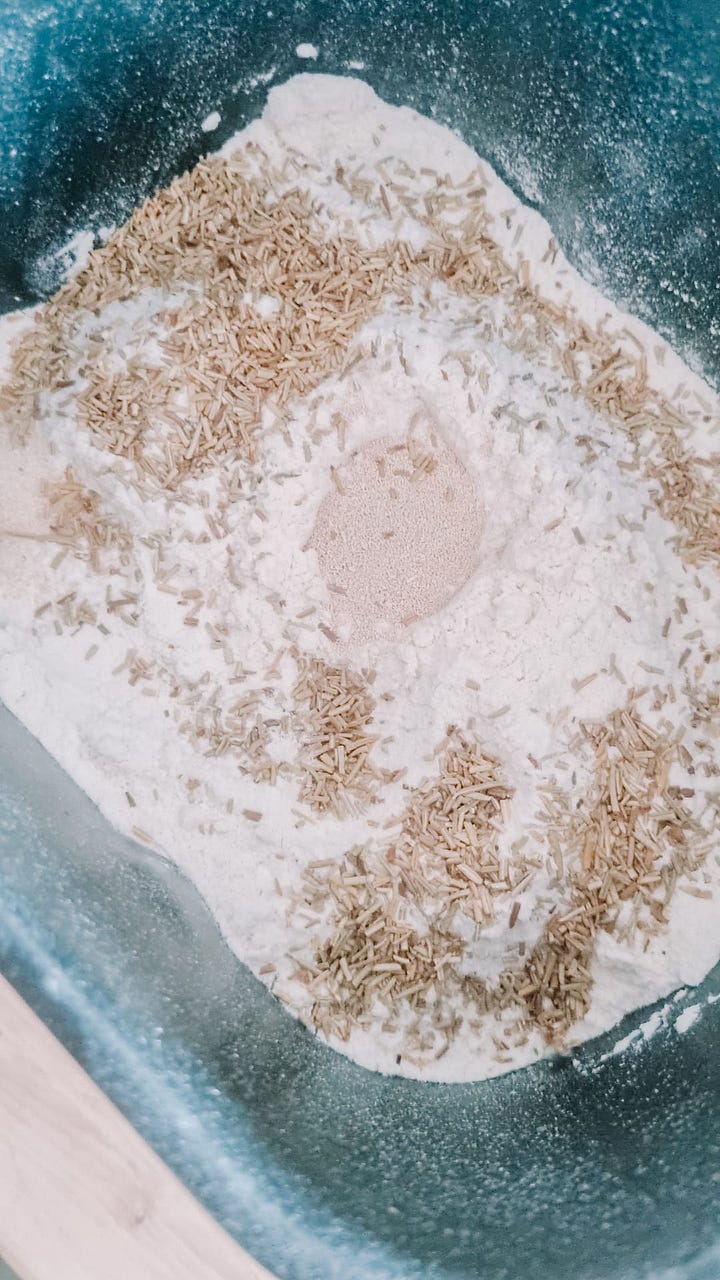

Making focaccia in a breadmaker is one of the easiest ways to enjoy homemade bread with minimal effort. Whether you bake it fresh or prepare the dough ahead of time, you’ll always have a delicious loaf ready to enjoy. Plus, the hands-off process makes it a perfect option for beginners and busy home cooks alike.
I hope this recipe inspires you to bake your own focaccia at home! Let me know how it turns out, and if you try any fun variations, I’d love to hear about them.




